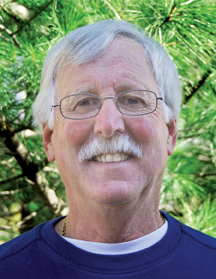From a troubleshooting standpoint, another conversation to have with the homeowner focuses on two major water-using devices that can cause problems: water softeners and garbage disposals.
Over the past...
This article is part of a series on troubleshooting onsite systems:
- Troubleshooting: Check for Hydraulic Overloading
- Troubleshooting: Water Softener Use and Garbage Disposals
- Troubleshooting: Check for Extraneous Flow
- Troubleshooting: Don’t Forget About the Furnace
- Troubleshooting: Basement Footing Drains






